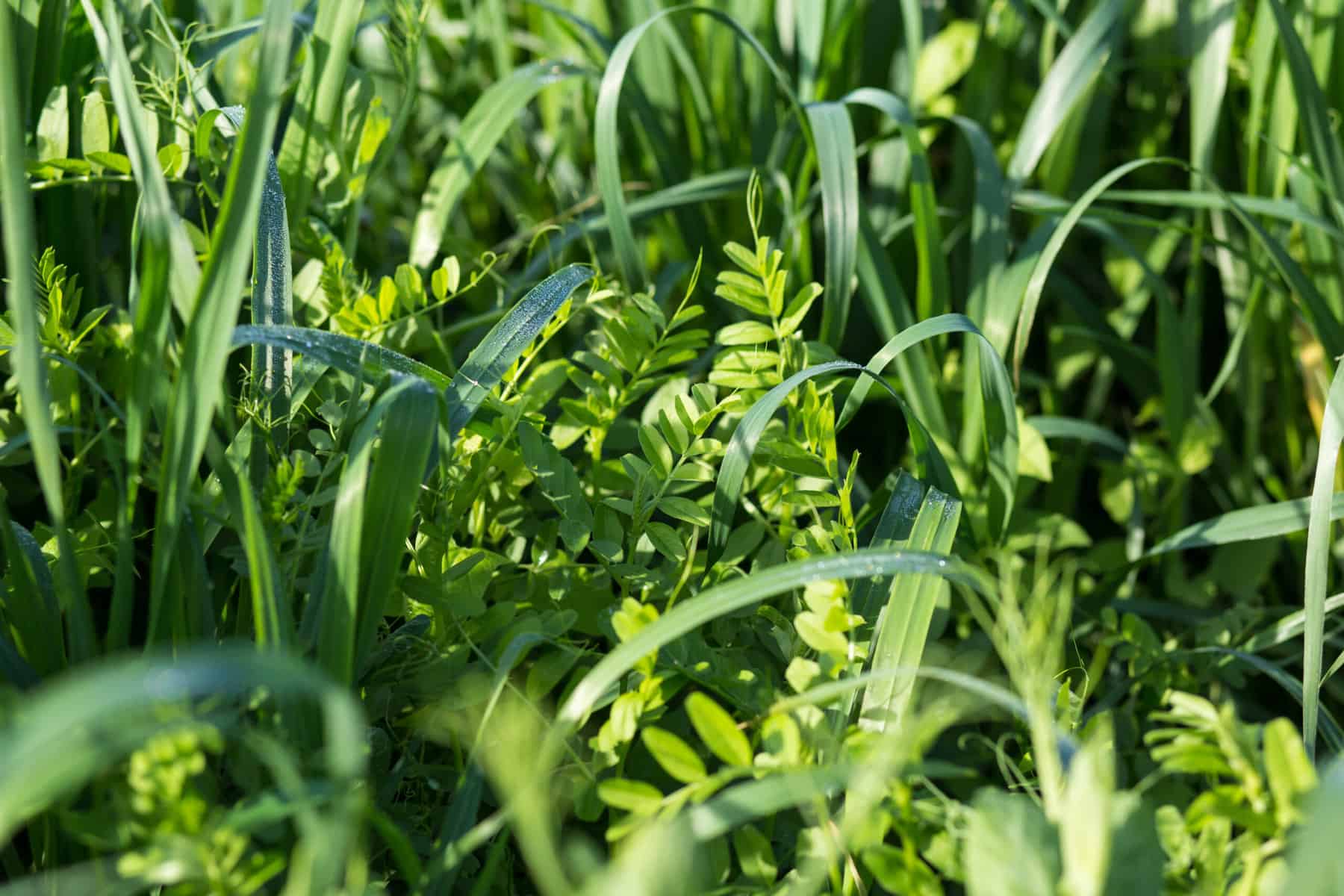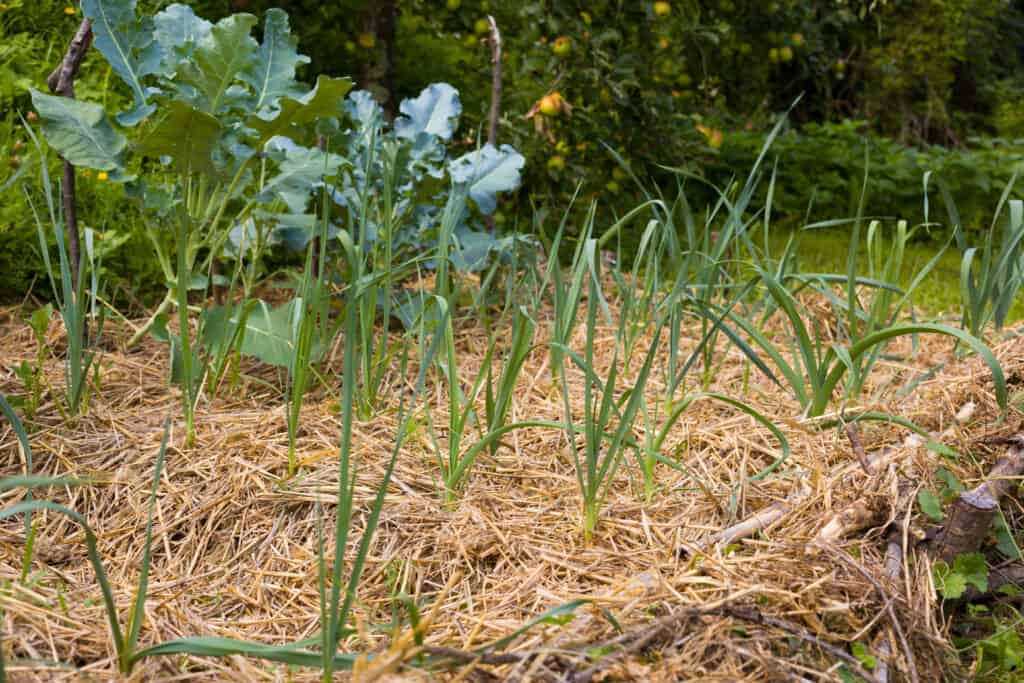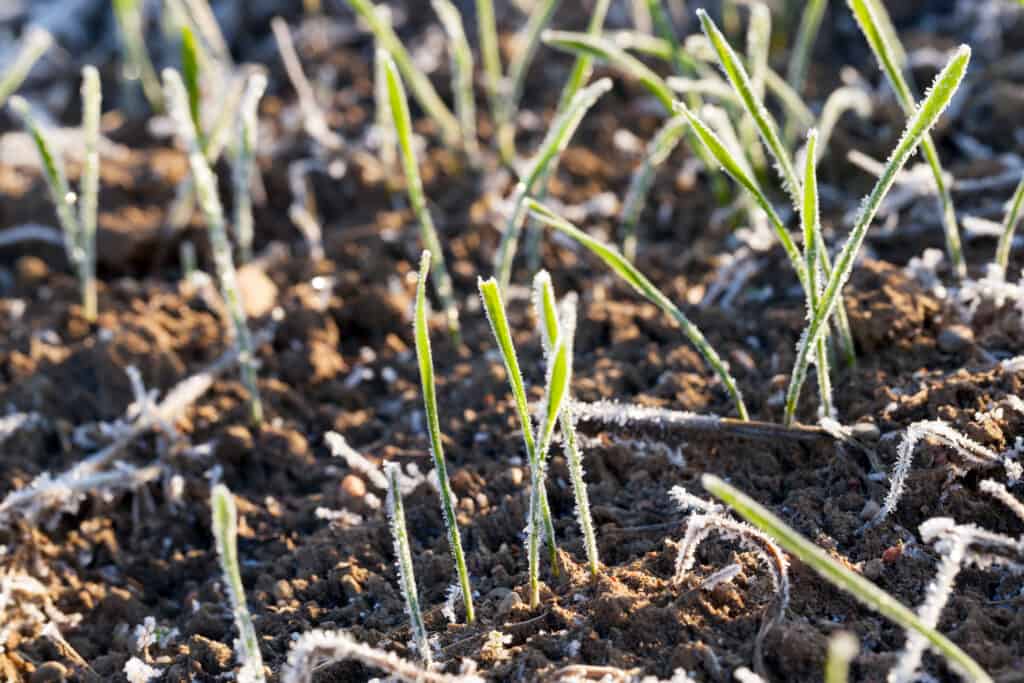Shop Mother’s Day Bouquets
Figaro's Blog

With the end of harvest season in sight, it’s time to start thinking about what will be happening in your vegetable garden over the winter. Will you transplant cool-season seedlings to fill your winter garden “refrigerator”? Will you sow garlic? Or will you let your summer vegetables live out their remaining days until they’re either killed by frost or decimated by slugs? Okay, so ideally you’re not opting for the latter choice. And while a thriving winter food garden is definitely something to admire, there is another option: one that’s relatively easy to implement but has remarkable benefits. In this blog post, we’ll explore the winter cover crop and how it can protect and improve your soil, prepping it for spring planting.

Winter-grown vegetables aren’t the only thing to benefit from mulch (either a living mulch like a winter cover crop or something like this straw). Soil is also protected from winter rains when mulch is used.
What is a winter cover crop?
A winter cover crop, sometimes called a green manure or living mulch, does triple duty in the garden. Usually sown in the late fall, cover crops are plants grown to protect and improve the soil during the winter months. When the cover crop is turned under or killed in spring, it contributes organic matter and nutrients, enhancing the overall health and fertility of the garden.
Three reasons to sow winter cover crops
- Acting like a cozy living blanket, winter cover crops protect your soil from harsh weather. Their leaves and roots create a shield that stops heavy rain and wind from washing away the soil. This protection also prevents soil from getting compacted by the rain’s force and keeps valuable nutrients from being washed away, helping your garden stay strong and healthy. They also outcompete weeds and prevent them from flourishing.
- Many winter cover crops “fix” nitrogen in the soil. Many cover crops are legumes, which have a special ability to work with bacteria to take nitrogen from the air and turn it into a form that plants can use for their growth. Called “fixing nitrogen,” this process helps enrich the soil. Legumes essentially make their own fertilizer by capturing nitrogen from the air and making it available in the soil for other plants to benefit from. This is a great service to soil that has been depleted by hungry feeders like broccoli.
- Finally, cover crops produce armloads of organic matter, improving soil structure when the crop is dug under or smothered in the spring. The cut greens make a great boost for the compost pile.
How to sow and use winter cover crops
Sow cover crops late summer through mid autumn. Plant after harvesting the last of your summer vegetables or whenever a bed becomes available. Prepare the soil by clearing debris and lightly raking it. Then, scatter the cover crop seeds evenly over the area. Gently press them into the soil with your hands or a rake. Finally, water the area well to help the seeds start growing. Check the specific planting instructions for the cover crop you’re using. Different crops might need slightly different methods or depths for sowing.
In the spring, several weeks before you want to plant new crops, dig under your cover crop or cut it down. Leave the roots in the ground and smother them with several inches of compost. If you dig under your crop, let the soil rest for at least three weeks before planting.
Types of winter cover crops
Popular winter cover crops include red clover, hairy vetch, fall rye, fava bean, alfalfa and Austrian winter pea.
Figaro’s Garden carries the following winter cover crops:
Fall Rye is a super winter hardy cereal crop that prevents soil erosion and smothers weeds. A superior soil builder, fall rye grows quickly in the fall and survives harsh winter weather. Turned under in spring, it decomposes and improves soil. According to West Coast Seeds, fall rye gives off a chemical that inhibits the germination of weed seeds. Planted twice in a row, it can choke out several tough weed species for good. Make sure you cut it back in the spring before it starts to flower or it will self-seed.
Our Legume and Fall Rye Mix combines fall rye’s soil building capabilities with the nitrogen-fixing ability of legumes. This mix is 70% fall rye plus 20% winter peas and 10% winter vetch. Winter pea tolerates somewhat heavier soils. Winter vetch is lanky, sprawling and fairly tolerant of acid soils and light shade. Both legumes fix nitrogen in the soil.
plants make everything better
Whether you're an experienced horticulturist, or looking for your first plant, our team at Figaro's Garden is excited to help you realize your plant and garden dreams. Contact us today or stop by the shop to see what's in-store.

